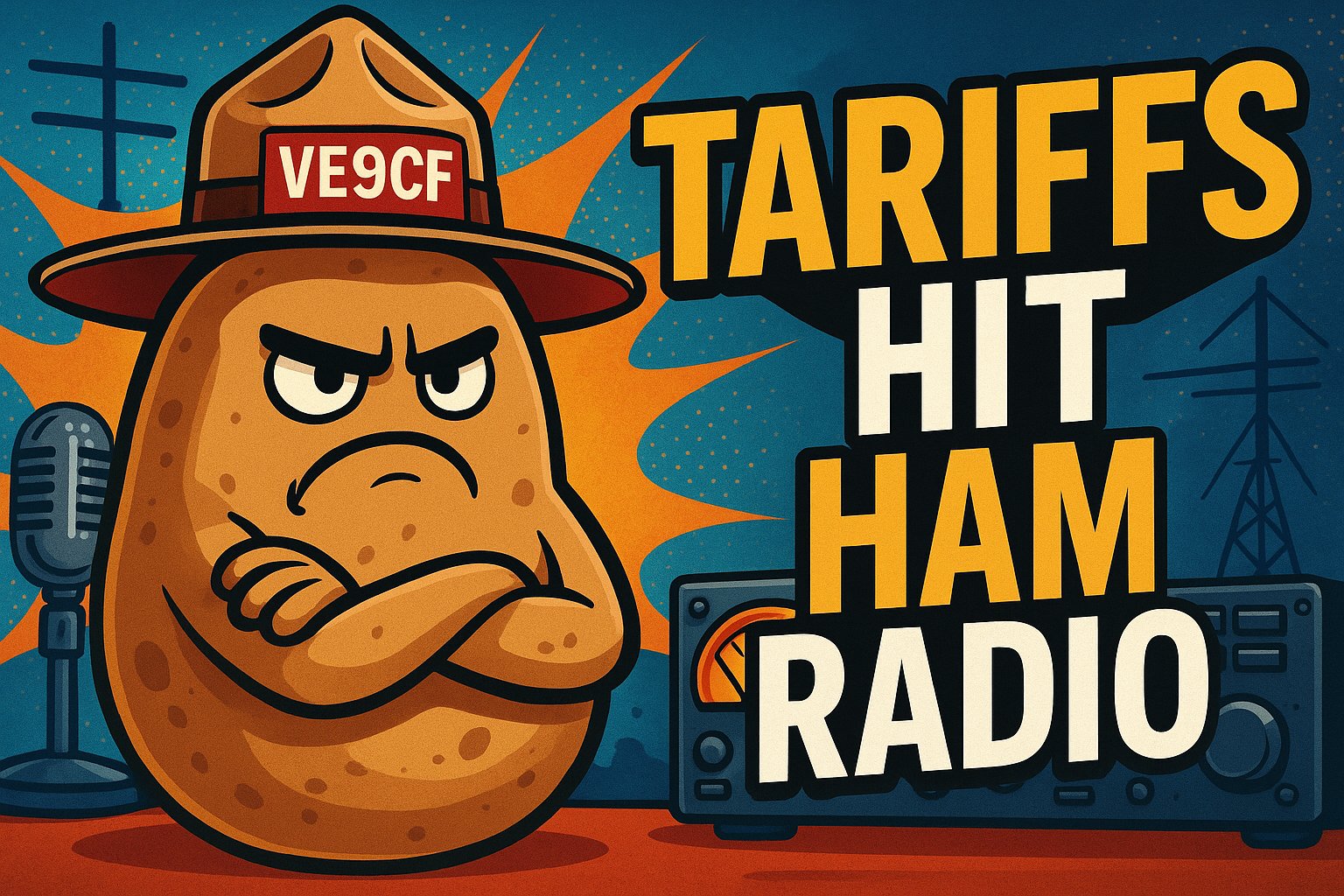A Comprehensive Guide: The Best Fire Extinguisher For Your Home In Moncton Or Atlantic Canada
Fire extinguishers are essential to home safety, particularly in preventing the spread of fires and protecting property. Choosing a suitable fire extinguisher for your home is crucial to ensure it's effective in an emergency. This article provides valuable information on selecting the best fire extinguisher for your home in Canada, considering the different types, key features, and proper maintenance practices.
Different fire extinguishers are designed to tackle specific classes of fires, from those caused by solid combustibles to flammable liquids and electrical equipment. Considering the potential fire hazards in your home, it's vital to understand what kind of fire extinguisher is most suitable for your unique needs. Additionally, it's essential to be aware of key features such as size, weight, ease of use, and the importance of regular inspection and maintenance.
Installation and placement of fire extinguishers in the home should not be overlooked, as accessibility during an emergency is crucial. This guide will cover the steps for installing and using a fire extinguisher safely and provide answers to frequently asked questions and recommendations for some of the top fire extinguishers available in Canada.
Key Takeaways
- Choose the correct type of fire extinguisher for potential hazards in your home
- Consider key features and maintenance requirements for optimal performance
- Ensure proper installation and understand safe usage practices for fire extinguishers
Types of Fire Extinguishers
Class A: Ordinary Combustibles
Class A fire extinguishers are designed to extinguish fires involving combustible materials like wood, paper, and cloth. When using a Class A extinguisher, you will typically find a water-based agent or dry chemical substance that effectively quenches fires caused by these materials. Ensure you have a Class A extinguisher if your home contains numerous combustible materials.
Class B: Flammable Liquids
Class B fire extinguishers are designed for fires involving flammable liquids and gases, such as gasoline, oil, and propane. To tackle this type of fire, these extinguishers contain a dry chemical or carbon dioxide agent that efficiently extinguishes flames by cutting off their oxygen supply. In garages or areas where flammable liquids are stored, it is vital to have a Class B extinguisher on hand.
Class C: Electrical Equipment
Class C fire extinguishers are made to combat fires involving electrical equipment, including wiring, appliances, and circuit breakers. These extinguishers utilize non-conductive agents, like dry chemicals or carbon dioxide, to put out electrical fires without causing harm to you or damaging sensitive electronics. Ensure you have a Class C extinguisher in areas housing valuable electronics or where electrical fires may occur.
Class K: Kitchen Fires
Class K fire extinguishers specifically target kitchen fires, including fires caused by cooking oils and fats. They contain a wet chemical agent that reacts with burning oil or fat, creating a foam-like substance that smothers the flames. This type of extinguisher is essential for a kitchen environment, especially in homes with a significant amount of cooking and frying.
Multi-purpose Extinguishers
Multi-purpose fire extinguishers combine the firefighting capabilities of multiple classes, such as A, B, and C, into a single unit. For example, the Amerex B402 is a dry chemical fire extinguisher certified for class A, B, and C fires, and it discharges for 14 seconds. Multi-purpose extinguishers provide a versatile solution for your home, offering protection against various types of fires in one convenient package. Consider investing in a multi-purpose extinguisher for comprehensive fire safety coverage.
Key Features to Consider
When choosing the best fire extinguisher for your home in Canada, it's essential to consider several key features that can significantly impact the extinguisher's performance and usage. This section will discuss the crucial elements to consider, including size and weight, extinguishing agents, fire ratings, and ease of use.
Size and Weight
A fire extinguisher's size and weight can affect its portability and ease of use. Ideally, you should select a home fire extinguisher that is easy for you and other family members to handle and move around. Smaller fire extinguishers often weigh 5-10 lbs, while larger models can reach up to 25 lbs. Consider balancing effectiveness and portability by going for a mid-sized extinguisher.
Extinguishing Agents
Different types of fire extinguishers use various extinguishing agents to combat fires. Common agents include:
- Dry chemical: Suitable for Class A, B, and C fires, like the Amerex B402, which can handle fires from wood, oil, and electrical sources.
- Carbon dioxide (CO2): Effective on Class B and C fires, often used for electrical fires.
- Foam: Generally designed to handle Class A and B fires, such as those involving flammable liquids and wood materials.
It's essential to choose a fire extinguisher with the appropriate extinguishing agent for the specific fire hazards in your home.
Fire Ratings
Fire extinguishers are classified by their fire rating, which indicates the size and types of fires they can handle. Look for ratings such as:
- A: For fires involving ordinary combustibles like wood, paper, and cloth.
- B: For fires involving flammable liquids like gasoline and oil.
- C: For fires involving electrical equipment.
A versatile option for your home would be an extinguisher with ABC ratings, which can handle various fire types.
Ease of Use
Finally, consider the ease of use when selecting a fire extinguisher. Features to look for include:
- Large, easy-to-read pressure gauges that help you quickly verify the extinguisher's functionality.
- Clear, concise instructions for using the extinguisher in case of an emergency.
- A handle and trigger that are easy to grasp and operate.
With these key features in mind, you can confidently choose the best fire extinguisher to keep you and your family safe in case of a fire at your Canadian home.
Maintenance and Inspection
Proper maintenance and inspection of your fire extinguisher are crucial to ensure its reliability in a fire emergency. To make certain your fire extinguisher is in good working condition, follow these steps:
Regular Inspection: It’s essential to inspect your fire extinguisher at least once a month. Check for visible signs of damage, such as dents, leaks, or a broken seal. Ensure the pressure gauge is in the green zone, indicating it's adequately pressurized and ready for use. Also, make sure the safety pin and handle are in place.
Annual Professional Inspection: It’s recommended to have a professional inspect and service your fire extinguisher at least once a year. They will perform a thorough examination, assess its functionality, and perform necessary repairs or replace parts if needed. Certified technicians are trained to carry out this work, keeping your extinguisher in optimal condition.
Cleaning: Keep your fire extinguisher clean from dust and debris that may affect its performance. Use a soft cloth to wipe the exterior and pay special attention to the nozzle, ensuring it’s free of obstructions.
Recharging: If your fire extinguisher has been partially or entirely discharged, have it recharged by a professional service immediately. This process involves refilling the extinguishing agent and pressurizing the extinguisher to its specified levels.
Replacement: Fire extinguishers have a limited lifespan, typically between 5 and 15 years, depending on the type and manufacturer. Check the label for expiration or manufacturing date, and replace the unit when necessary.
By regularly maintaining and inspecting your fire extinguisher, you can be confident it will perform effectively when needed and protect your home and loved ones from potential fire hazards.
Top Fire Extinguishers for Your Home in Canada
When protecting your home in Canada, a reliable fire extinguisher is essential. This section will discuss a few top fire extinguishers for your home.
Amerex B402: This dry chemical fire extinguisher is certified for class A, B, and C fires. It discharges for 14 seconds and has proven reliable performance, even when it hasn't been inspected for decades. The Amerex B402 is an excellent choice for various types of fires. Learn more on Amazon.ca
First Alert HOME1: Another option for your home is the First Alert HOME1 fire extinguisher. It is also suitable for class A, B, and C fires. It includes a pressure gauge, which helps you quickly check if it's properly charged and ready to use. This extinguisher is lightweight, making it easy to handle during an emergency.
Kidde Pro 210: The Kidde Pro 210 fire extinguisher is popular for homeowners. This extinguisher can combat class A, B, and C fires and includes a durable metal handle, nozzle, and valve. A discharge time of 13 to 15 seconds provides ample time to put out a fire before it gets out of control.
Remember to choose a fire extinguisher that suits your specific needs and location. It's crucial to regularly check the pressure gauge and ensure it's correctly maintained. A reliable fire extinguisher in your home makes you feel confident and prepared for emergencies.
Proper Installation and Placement
When choosing the best fire extinguisher for your home in Canada, it's essential to ensure proper installation and placement. This maximizes the device's efficiency and ensures safety during a fire emergency.
To begin with, avoid placing fire extinguishers near heat sources, such as stoves or furnaces. High temperatures may compromise the extinguisher's performance. Furthermore, it's vital to have easy access to the extinguisher in case of an emergency. If a fire erupts near your stove, you don't want to be dangerously close to it while attempting to grab the extinguisher.
Make sure to place fire extinguishers where fires are more likely to occur. This includes the kitchen, garage, and near electrical panels. It's a good idea to have at least one fire extinguisher on each floor of your home for easy access in an emergency.
When mounting the extinguisher, position it on a sturdy wall at a height that is easily accessible for all family members. Typically, this would be about 3-5 feet above the floor. Be sure to follow the manufacturer's guidelines for proper mounting techniques and hardware, as improper installation can lead to the extinguisher becoming loose or falling during an emergency.
Regularly inspect your fire extinguishers, checking for any visible signs of wear or damage. Ensure the pressure gauge remains in the appropriate range, as indicated on the extinguisher. Replace or recharge the extinguisher to ensure it remains functional and practical.
Properly installing and placing fire extinguishers throughout your home creates a safer environment for yourself and your loved ones. Proper placement and maintenance will ensure the extinguisher is ready to use in an emergency, providing your family peace of mind and protection.
Using a Fire Extinguisher Safely
Before using a fire extinguisher, it's essential to familiarize yourself with its operation and handling. When faced with an emergency, you must act quickly and confidently. To use a fire extinguisher safely, follow these steps:
- Assess the situation: Ensure you, your family, and your pets are safe before attempting to put out a fire. Notify everyone in the house and call the fire department. Remember, safety should always be your top priority.
- Identify the fire type: Determine the fire class you're dealing with, as extinguishers are designed for specific classes. Ensure you have an appropriate extinguisher for the type of fire you're facing:
- Class A: Ordinary combustibles (wood, paper, cloth)
- Class B: Flammable liquids (oil, gasoline)
- Class C: Electrical equipment (wiring, appliances)
- Remember the PASS technique: This acronym stands for Pull, Aim, Squeeze, and Sweep. Follow these four steps when operating a fire extinguisher:
- Pull the pin at the top of the extinguisher, breaking the tamper seal.
- Aim the nozzle low, pointing it at the base of the fire.
- Squeeze the handle to release the extinguishing agent.
- Sweep the nozzle from side to side, continuously aiming at the base of the fire until it's out.
- Maintain a safe distance: Stand approximately 6 to 8 feet from the fire while operating the extinguisher. If the fire begins to spread or becomes too large, evacuate immediately and wait for professional help.
- Keep an escape route open: Always position yourself between the fire and a clear exit. This ensures you have a safe way to leave if the fire worsens or the extinguisher cannot put it out.
Following these guidelines increase your chances of using a fire extinguisher safely and effectively in an emergency. Remember to regularly check your extinguishers for damage, pressure, and expiration dates so they are ready when needed.
Conclusion
A reliable fire extinguisher is essential when protecting your home from potential fires. The Amerex B402 is a great option for your home, as it is certified for class A, B, and C fires. With a discharge time of 14 seconds, it provides ample coverage to combat various types of fires effectively.
It is crucial to consider the type of fires you may encounter and select an extinguisher suitable for those fires. Class A extinguishers are ideal for combustible materials like wood and paper, Class B for flammable liquids like gasoline, and Class C for electrical fires.
Don't forget the importance of regular maintenance and inspections for your fire extinguisher. Ensure it is easily accessible and all household members know its operation. Remember, a well-maintained extinguisher can be the difference between a minor incident and a devastating house fire.
In conclusion, investing in a high-quality fire extinguisher like the Amerex B402 could prove invaluable in protecting your home and loved ones from fire-related accidents. Stay vigilant and prioritize safety by keeping your extinguisher up-to-date and ready for use.
Frequently Asked Questions
What type of fire extinguisher is most suitable for home use?
A fire extinguisher that covers class A, B, and C fires is the most suitable choice for general home use. The Amerex B402 is a reliable dry chemical extinguisher certified for these fire classes and has a 14-second discharge time.
Which extinguishers are ideal for kitchen fires?
Kitchen fires often involve cooking oils and fats, which are class K. A wet chemical extinguisher is recommended. However, using a multi-purpose ABC extinguisher can help manage smaller fires until a wet chemical can be used.
What are the top fire extinguisher brands available?
Some of the top fire extinguisher brands include Amerex, Kidde, and First Alert. These brands offer a range of products suited for various situations, including home use.
Where can I purchase a reliable fire extinguisher for my home?
Reliable fire extinguishers can be purchased at home improvement stores, online retailers like Amazon, and dedicated safety equipment stores. Choosing a certified and reputable seller ensures the extinguisher meets safety standards.
What size fire extinguisher is recommended for residential use?
A fire extinguisher with a 5-pound capacity is typically recommended for residential use. It provides adequate firefighting capabilities while still being portable and easy to use.
How do I choose the suitable fire extinguisher for different rooms in my home?
Consider the fire risks in each room and choose an extinguisher accordingly. For kitchens, a wet chemical or multi-purpose extinguisher is ideal. In bedrooms and living rooms, an ABC extinguisher works well. In garages or workshops, a larger capacity extinguisher that can combat electrical and flammable liquid fires is recommended.






